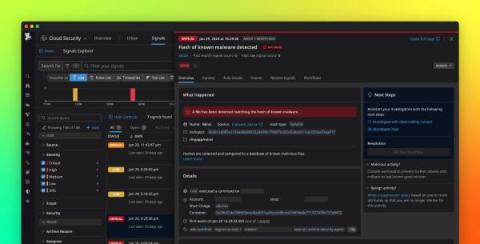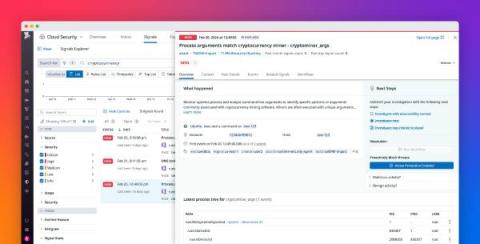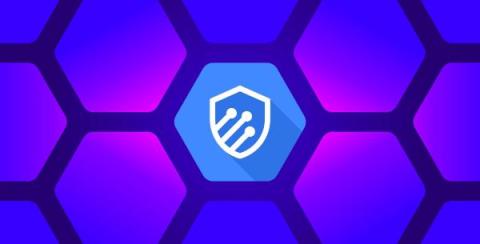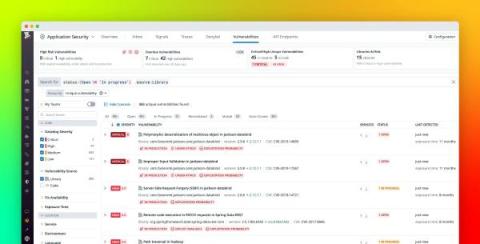Security | Threat Detection | Cyberattacks | DevSecOps | Compliance
Latest Posts
Detect and stop unauthorized cryptomining in your cloud workloads with Datadog CSM Threats
Monitor your secure workloads on Kata Containers with Datadog
Meet EO 14028 requirements with Datadog Log Management, Cloud Workload Security, and Cloud SIEM
Monitor network attacks with Google Cloud Armor and Datadog
Mitigate vulnerabilities from third-party libraries with Datadog Software Composition Analysis
Datadog's approach to DevSecOps: An executive perspective
How we detect and notify users about leaked Datadog credentials
Applications frequently need to provide authentication credentials to gain access to cloud services and other resources. However, these credentials present a security risk because they are notoriously difficult to keep out of code. According to a GitGuardian report, 10 million credentials were publicly committed to GitHub in 2022. Leaked credentials such as these are a major cause of data breaches and account takeovers.
Secure your web apps running on Azure App Service with Datadog Application Security Management
Azure App Service is a platform-as-a-service (PaaS) commonly used to deploy applications and APIs, as well as functions, mobile apps, and more. It provides flexibility and reliability when deploying new applications and infrastructure, but it also introduces new security risks to your system. In particular, reduced visibility into the infrastructure and deployment of your application leads to a greater chance of application vulnerabilities being exploited by an attacker.
Monitor highly regulated workloads with Datadog's FIPS-enabled Agent
Protecting sensitive data from the threat of exposure is a non-negotiable business imperative for organizations, especially those in highly regulated sectors like government and healthcare. To help organizations keep their data secure, the National Institute of Science and Technology (NIST) developed a set of requirements for the hardware and software components responsible for data encryption.











